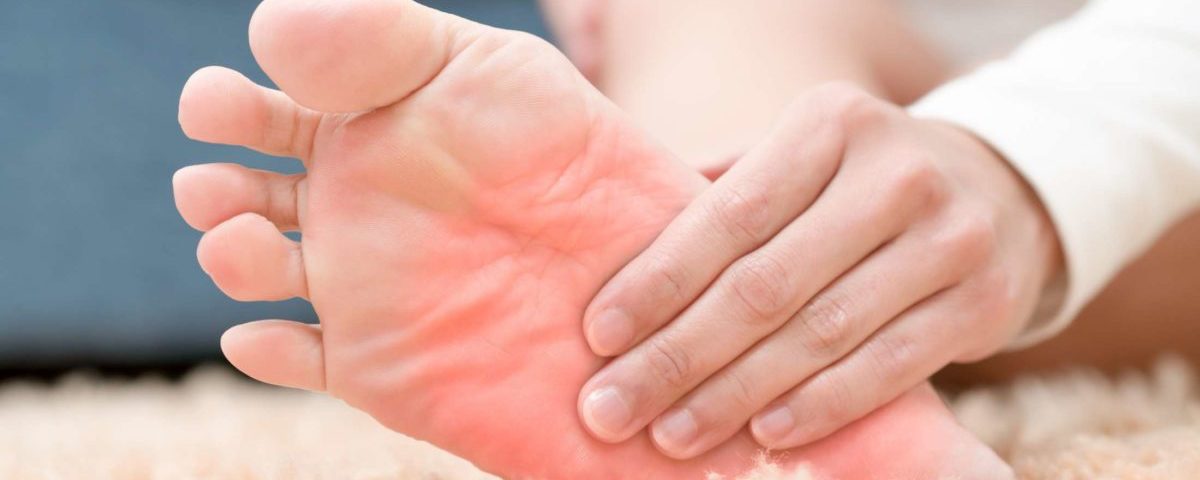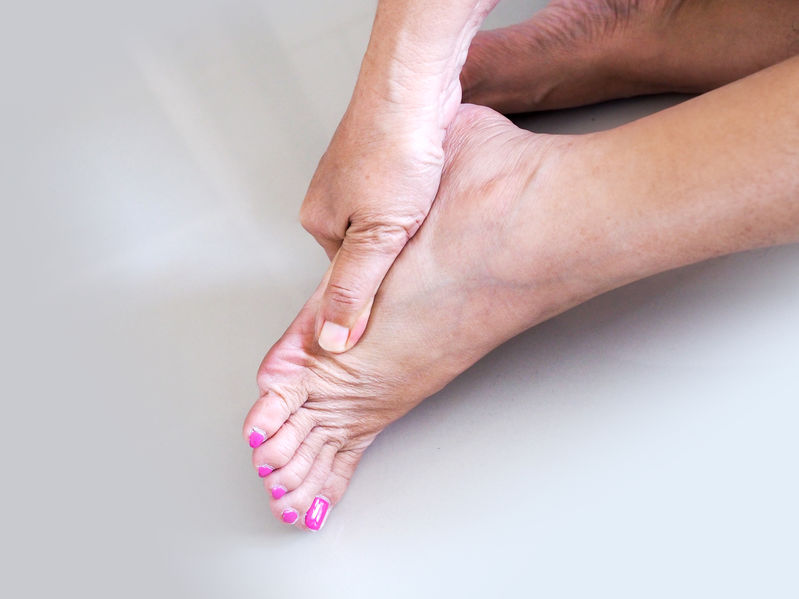Arthritis Foot Pain

What’s Causing the Heel Pain: Let’s Find Out Now!
August 9, 2023
Heel Pain in business women, yup it’s those heels…
August 14, 2023Arthritis foot pain refers to the discomfort, inflammation, and stiffness experienced in the feet due to various forms of arthritis that affect the joints. Arthritis is a group of chronic conditions that involve inflammation and degeneration of the joints, leading to pain and reduced mobility. There are several types of arthritis that can affect the feet, but the two most common ones are osteoarthritis and rheumatoid arthritis.
- Osteoarthritis: This is the most common type of arthritis and typically occurs with aging or wear and tear on the joints. In the feet, osteoarthritis often affects the toes, ankles, and the joints in the middle and back of the foot. Cartilage, which acts as a cushion between the bones, begins to break down, causing pain, swelling, and limited range of motion in the affected joints. As the condition progresses, bone spurs may form, further exacerbating the pain and discomfort.
- Rheumatoid arthritis: Unlike osteoarthritis, rheumatoid arthritis is an autoimmune disease where the body’s immune system attacks its own joints. It can affect multiple joints on both sides of the body simultaneously, and the feet are often involved. In the foot, the joints affected are typically the small joints in the toes and the midfoot. The synovium, a membrane lining the joints, becomes inflamed and swollen, leading to pain, stiffness, and joint deformities over time.
Common symptoms of arthritis foot pain include:
- Pain: Often described as a dull ache or a sharp, shooting pain in the affected joints.
- Stiffness: Feeling stiff and limited in movement, especially after periods of rest or inactivity.
- Swelling: Inflammation and swelling around the affected joints.
- Redness and warmth: The affected area may feel warm to the touch and appear red due to increased blood flow and inflammation.
- Joint deformities: Over time, arthritis can lead to joint deformities, such as bunions, hammer toes, or flat feet, which can contribute to further pain and discomfort.
- Difficulty walking or bearing weight on the affected foot.
Managing arthritis foot pain typically involves a combination of treatments, including:
- Medications: Over-the-counter pain relievers (e.g., acetaminophen, ibuprofen) or prescription medications (e.g., NSAIDs, corticosteroids) to reduce pain and inflammation.
- Physical therapy: Exercises to improve joint flexibility, strength, and mobility in the feet.
- Orthotics: Custom-made shoe inserts or special footwear to provide support and reduce pressure on affected joints.
- Lifestyle changes: Maintaining a healthy weight, wearing supportive shoes, and avoiding activities that aggravate the pain.
- Injections: Corticosteroid injections into the affected joints to provide temporary relief from pain and inflammation.
- Assistive devices: The use of canes, walkers, or braces to alleviate pressure on the feet during walking.
- Surgery: In severe cases, surgical intervention may be necessary to repair or replace damaged joints.
It’s essential to consult a healthcare professional for a proper diagnosis and individualized treatment plan for arthritis foot pain, as early intervention can help manage the symptoms and prevent further joint damage. Call Nagler Foot Center with any foot ailments you may have.713.529.1010



